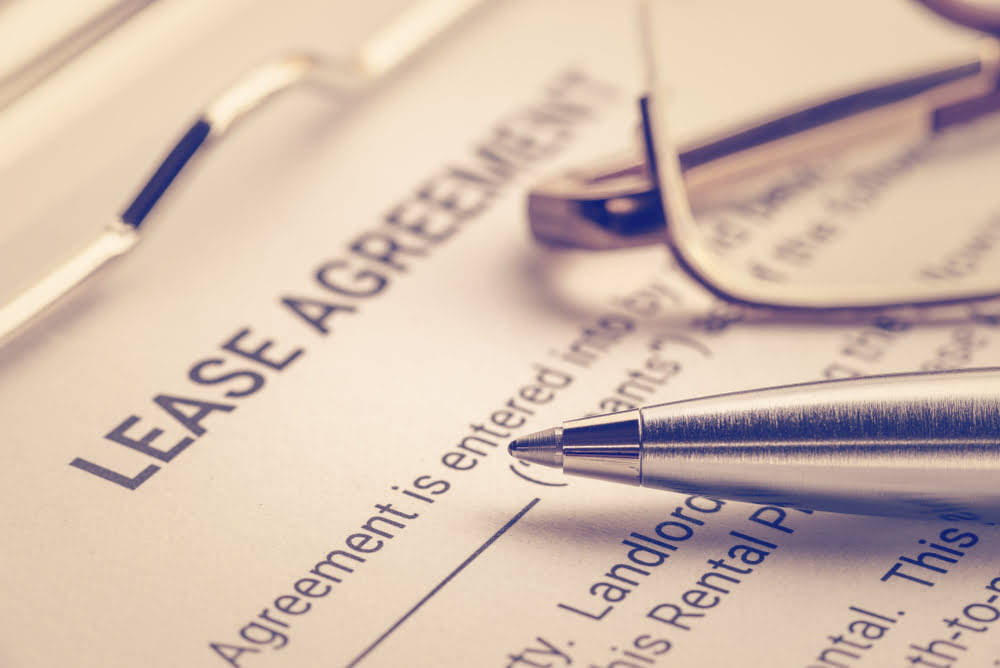
In both cases, the increases can be explained as additional cash that was spent, but which was not reflected in the expenses reported on the income statement. Assume that Example Corporation issued a long-term note/loan payable that will come due in three years and received $200,000. As a result, the amount of the company’s long-term liabilities increased, as did its cash balance. Therefore, this inflow of $200,000 is reported as a positive amount in the financing activities section of the SCF. Cash flow is broken out into cash flow from operating activities, investing activities, and financing activities. Meanwhile, it spent approximately $33.77 billion in investment activities, and a further $16.3 billion in financing activities, for a total cash outflow of $50.1 billion.
Decrease in Noncash Current Assets
Increasing any of these liabilities decreases the use of cash, which all companies like. When discussing working capital, we need to determine the capital needs of operating the business and the business cycle. Understanding the topic will give you a great insight into the company’s free cash flow, their use of the cash flow, and where it comes from. Further, an example of a liability that would NOT qualify as an operating liability would be long-term debt, as debt is a financing activity. Assume your specialty bakery makes gourmet cupcakes and has been operating out of rented facilities in the past. You owned a piece of land that you had planned to someday use to build a sales storefront.
- Charlene Rhinehart is a CPA , CFE, chair of an Illinois CPA Society committee, and has a degree in accounting and finance from DePaul University.
- As operating cash flow begins with net income, any changes in net income would affect cash flow from operating activities.
- The three net cash amounts from the operating, investing, and financing activities are combined into the amount often described as net increase (or decrease) in cash during the year.
- The devil is in the details, and liabilities can reveal hidden gems or landmines.
- Secondarily, decreases in accrued revenue accounts indicates that cash was collected in the current period but was recorded as revenue on a previous period’s income statement.
- Changes in long-term assets for the period can be identified in the Noncurrent Assets section of the company’s comparative balance sheet, combined with any related gain or loss that is included on the income statement.
- A business with positive OWC, where short-term operating assets are greater than short-term operating liabilities, requires short-term funding.
What Does a Company’s Net Cash Flow from Operating Activities Include?
Therefore, the company had to have paid more in cash payments than the amounts shown as expense on the Income Statements, which means net cash flow from operating activities is lower than the related net income. Gains and/or losses on the disposal of long-term assets are included in the calculation of net income, but cash obtained from disposing of long-term assets is a cash flow from an investing activity. Because the disposition gain or loss is not related to normal operations, the adjustment needed to arrive at cash flow from operating activities is a reversal of any gains or losses that are included in the net income total. A gain is subtracted from net income and a loss is added to net income to reconcile to cash from operating activities. Propensity’s income statement for the year 2018 includes a gain on sale of land, in the amount of $4,800, so a reversal is accomplished by subtracting the gain from net income. On Propensity’s statement of cash flows, this amount is shown in the Cash Flows from Operating Activities section as Gain on Sale of Plant Assets.
Examples of Changes in Operating Assets and Liabilities in a sentence
Put together, managers and investors can gain critical insights into a business’s short-term liquidity and operations. In this case, the retailer may draw on their revolver, tap other debt, or even be forced to liquidate assets. The risk is that when working capital is sufficiently mismanaged, seeking last-minute sources of liquidity may be costly, deleterious to the business, or, in the worst-case scenario, undoable. Hence, the company exhibits a negative working capital balance with a relatively limited need for short-term liquidity. On average, Noodles needs approximately 30 days to convert inventory to cash, and Noodles buys inventory on credit and has about 30 days to pay. Imagine that in addition to buying too much inventory, the retailer is lenient with payment terms to its own customers (perhaps to stand out from the competition).

What’s the Difference Between Current Liabilities and Non-Current Liabilities?
Inventories, accounts receivable (AR), tax assets, accrued revenue, and deferred revenue are common examples of assets for which a change in value is reflected in cash flow from operating activities. However, this can be confusing since not all current assets and liabilities are tied to operations. For example, items such as marketable securities and short-term debt are not tied to operations and are included in investing and financing activities instead. The most common example of an operating expense that does not affect cash is depreciation expense. The journal entry to record depreciation debits an expense account and credits an accumulated depreciation account.

Using those two values, we can subtract the operating liabilities from operating assets to arrive at the value for net operating assets, which is $4 million. Of the $10 million in assets, $4 million is related to financial assets such as marketable securities and short-term investments. The value of a company’s operating assets is equal changes in operating assets and liabilities to the sum of all operating assets less the value of all non-operating assets. Despite the short-term investment creating income for the company, it is considered “side income” and a non-core asset unrelated to its core, recurring operations. Investing net cash flow includes cash received and cash paid relating to long-term assets.

Current Liabilities
- For example, in the Propensity Company example, there was a decrease in cash for the period relating to a simple purchase of new plant assets, in the amount of $60,000.
- Many ratios are pulled from line items of liabilities to assess a company’s health at specific points in time.
- AP can include services, raw materials, office supplies, or any other categories of products and services where no promissory note is issued.
- Working capital is a snapshot of a company’s current financial condition—its ability to pay its current financial obligations.
- If accounts receivable (A/R) were to increase, purchases made on credit have increased and the amount owed to the company sits on the balance sheet as A/R until the customer pays in cash.